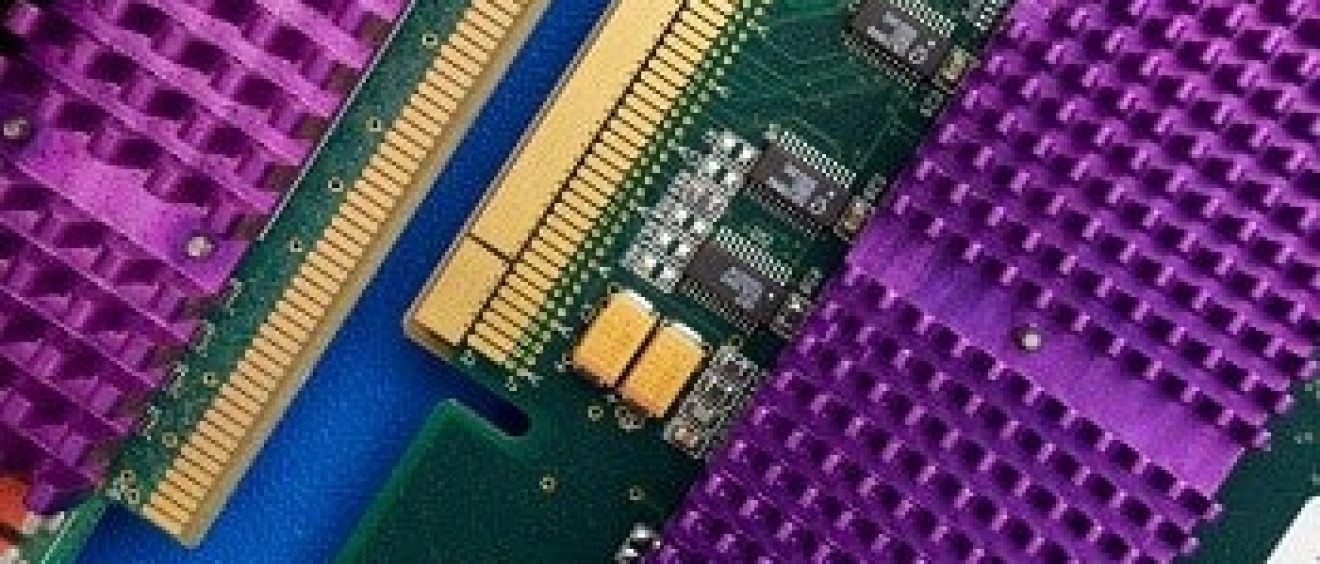
The Electronics Supply Chain Faces Ongoing Challenges
Supply chain partners can reduce these difficulties through strategic planning. Here are some of the most pressing challenges, and some remedies.
The Covid-19 pandemic
As the world grappled with the Covid-19 pandemic, the electronics supply felt its effects early. The health threat originated in China, a major exporter of electronic components. Moreover, social distancing restrictions meant that companies had to reduce their workforce shift sizes while also preparing to respond if several people in a company became infected. Many had no choice but to drastically adapt while dealing with supply chain shortages and slowdowns. Scientists created 36 scenarios to model how the pandemic affected the global supply chain. They found that the number of countries affected by a lockdown and the duration of the restrictions were the top two factors influencing the supply chain. Additionally, restrictions imposed in highly developed places such as the United States and Europe caused a nearly fourfold increase in overall supply chain effects. Automation is a popular way to remain competitive. Some companies also diversified their supply chains to avoid restrictions when possible.
Counterfeit parts
According to some estimates, counterfeit parts collectively account for supply chain challenges costing hundreds of billions of dollars per year. It’s not always easy to pinpoint some issues involving counterfeit parts, however. For example, if a motor overheats due to a counterfeit part, company representatives could initially believe the problem stemmed from improper usage or poor maintenance. It could take a while before someone suggests that counterfeit parts could be to blame — and some may never reach that conclusion.
From the manufacturer’s side of things, counterfeit parts could lead to lost productivity and damaged reputations. Then, the effects on consumers could range from injuries to mistrust in a company. Companies rely on interventions such as computer vision cameras and blockchain records to trace components and identify possible fakes. However, even if businesses don’t have such high-tech options yet, representatives can still fight against counterfeit items. Collecting production, inventory and purchase data can enhance the supply chain by giving more visibility to all the supply chain parties. Setting vendor incentives for upholding high quality standards can also cut the risk of counterfeiting by encouraging excellent performance and emphasizing that companies assess supplier performance
The United States-China trade war
The escalating tensions between the United States and China have tested the supply chain’s resilience. The United States’ economy experienced price hikes, increased production costs and restricted growth as the Chinese government imposed tariffs on electronics and other goods. Analysts warn there’s no end in sight, so it could be a while before things cool down between the two countries. Electronics manufacturers have responded in numerous ways to try and get prepared for whatever the future holds. Some businesses rewrote their contracts to pass the tariff costs onto customers. Others assessed how they could move their supply chains out of China to become better shielded in case conditions don’t improve. Although the tariffs intend to omit consumer goods, that doesn’t mean people purchasing them won’t experience the effects. For example, the most likely scenario is that the tariffs cause price differences on components such as semiconductors. Those parts so often feature in consumer electronic goods that the public would undoubtedly notice differences. Since it could take years for companies to move their supply chains to other countries, these challenges may persist for the foreseeable future. The pandemic also complicates things further. It took many companies longer to source parts than before the virus hit. Those delays could also persist if it becomes apparent that new suppliers outside of China cannot keep up with the demands of their new customers
Prompt action can prevent lasting effects
Any one of these electronics supply chain challenges would almost certainly cause damaging effects. The tricky thing about the current situation is that all three of the threats listed here concern most electronics companies simultaneously during the present times.
There is no single way to address these obstacles. However, an ideal approach to take is for companies to rank them in order of concern. Could the trade war disrupt operations the most, or might the pandemic cause even more upheaval? Once company leaders know which threats impact them the most, they’re in an optimal position to determine how best to conquer them. Reaching solutions will not be a fast process. However, it’s a necessary one. Learning how to overcome these challenges should increase competitiveness, stability and confidence in the market.
Source: epsnews
